How Long Do Traeger Grills Last? Factors Impacting Their Life Expectancy
Buying a Traeger grill is a serious investment and there are a lot of factors that go into justifying the purchase. One of the things that makes a difference in the decision is the longevity of the grill. Spending around $1,000 for a grill that only lasts 2-3 years is a very different matter than spending the same amount of a grill that lasts 10-15 years.
So, the big question is, “How Long Do Traeger Grills Last?”
The answer is, “With proper care, cleaning and maintenance you can expect a Traeger grill to last at least five years. A Traeger will easily last 10-15 years when damaged components are replaced with readily available replacement parts.”
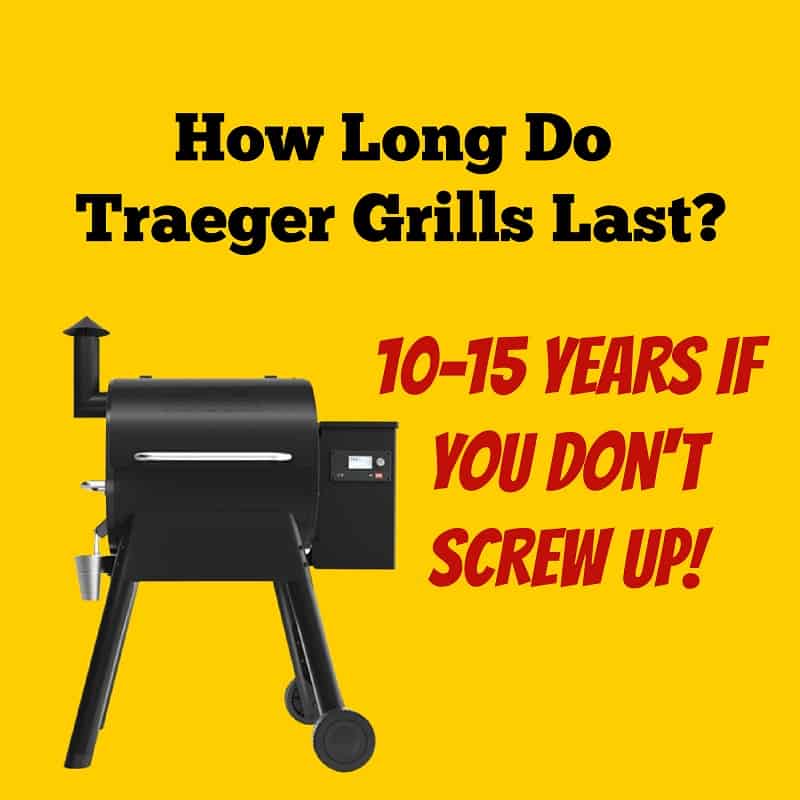
Let’s take a closer look at the factors that determine the longevity of a Traeger.
Traeger’s Warranty
Traeger warranties all of their grills against defects in parts or workmanship for three years. This warranty covers the most common failure modes of the grill which include the:
- Hot Rod
- Auger
- Fan
- Control Panel
The warranty does not cover issues with paint and is voided if you fail to maintain the grill or subject it to abuse. Basically they will not fix the grill if:
- You do something stupid and break it.
- The paint gets bubbly in spots after you max out the temperature on the grill.
The warranty is valid if you use other brands of pellets like Pit Boss.
Essential Care and Maintenance for Your Traeger
There are some basic steps needed to properly maintain your grill and, while they are not hard, they are easily overlooked.
The biggest things you need to do to prolong the life of a Traeger are:
- Keep the meat you are cooking directly over the grease tray.
- Clean the bottom of the inside of the grill on a regular basis.
Keep Meat Over the Grease Tray
There is a rectangular metal tray directly beneath the cooking grate that is designed to collect any dripping grease and direct it to a collection bucket.
The grease tray works great but it is easy to accidently place meat along the edges of the grill where the grease tray does not provide coverage. This happens a lot when people load of the grill with multiple pork butts and briskets.
When the meat is on the edges of the cooking grate and not located over the grease tray then all of the dripping grease goes into the base of grill where it can ignite and cause a massive grease fire.
Clean the Base
After every 4-6 uses you need to remove the cooking grate, grease tray and heat deflector and use a shop vac to clean up the inside of the grill. You do not have to thoroughly clean the whole grill at this point but you do need to clean out all of the ash and saw dust in the bottom of the grill including the firepot.
You need to do this cleaning because if enough sawdust and stray pellets build up in the base of the grill then they can catch fire and burn uncontrollably.
Worst Case Scenario
The worst case scenario happens quite a bit because the area underneath the grease tray is “Out of Sight and Out of Mind”.
This scenario is when a lot dripping grease has gotten past the grease tray AND the sawdust has not been vacuumed out for months.
The grease and sawdust combine to make a highly flammable goo with a tremendous amount of BTUs. As soon as the mix ignites you will get a massive, uncontrolled fireball that can seriously damage or even destroy your grill.
Component Failure
Assuming that you are keeping your Traeger clean it will last a very long time for the simple reason that it uses high quality construction and there are very few parts to break. The simple robustness of the grills are what make many folks believe that Traeger grills are worth the money.
A pellet grill is essentially just a metal body that encloses a control panel, ignition source, auger and fan. The only two moving parts on these grills are the fan and auger.
Let’s take a look at how and when each of these elements fails and what it takes to fix them.
Hot Rod Failure
The most frequent failure mode for these grills is a faulty Hot Rod.
The hot rod is the heating element in the fire pot that gets glowing hot and gets the pellets to start burning. Once the pellets are lit the hot rod turns off and the pellets continue burning on their own.
Because the hot rod is located in the fire pot it is constantly subjected to extreme heat for the duration of every single cook. The continuous exposure to extreme heat eventually causes the hot rod to burn out and become defective.
This is standard issue for any brand of pellet grill.
How long it will take the hot rod to fail completely depends upon how often you use the grill and at what temperature. For example, if you use your Traeger once a week to make a batch of low and slow baby back ribs then the hot rod will probably last 5-6 years. If you use the grill on a daily basis at high temperatures to grill chicken wings or sear steaks then the hot rod will probably only last 3 years.
A replacement hot rod will cost you about $20 and is easy to change out.
Fan Failure
All pellet grills use a fan to blow air into the fire pot. The air provided by the fan supplies the air needed for the pellets to properly burn and can be adjusted to help maintain the desired temperature of the grill.
The fan consists of plastic blades and an electric motor.
There is no inherent reason for the fan to fail but the reality is that sometimes they do. Sometimes the blades get brittle and break. Sometimes the electric motor just up and dies.
Fan failures on Traeger’s are not super common but when they happen it is usually after at least five years.
A replacement fan will cost you about $30 and is easy to change out.
Auger Failure
The auger is essentially an oversized screw that is connected to an electric motor. As the motor turns the auger it delivers wood pellets from the pellet hopper into the fire pot.
The speed at which the motor turns the auger determines how fast pellets are delivered to the fire pot and is one way that temperature is controlled on a pellet grill.
Auger failures are the second most common failure mode after hot rod failures.
The main reason that augers fail is when the wood pellets get wet and swell up inside the auger. The swollen pellets and associated sawdust cause the auger to jam. Most of the time that an auger jams you can take it apart, clean it out and return it to normal service. Sometimes though the motor tries hard to turn the auger and either the auger breaks or the motor burns out.
This is one reason people do not like to use a Traeger in the rain.
A replacement auger will cost you about $40 and a replacement motor will cost about $60. Changing the auger is very doable but annoying.
Control Panel Failure
The electronic control panel is the brains of the grill.
The control panel is tightly sealed into the grill and there is no reason for it to fail on its own.
However, sometimes the panels do go out, either because your house had a power surge or something completely random happens inside the unit.
The cost of a replacement controller depends upon the grill and can range from $30-$200.
Structural Failure
The issue that eventually ends the useful life of a Traeger grill is when the frame starts falling apart. This is a metal device that is stored outside and eventually nature will take its toll.
The length of time it takes for the structure of the grill is going to depend upon where you live and where the grill is stored.
If you keep the grill covered under a patio in an arid environment like Arizona then it will last a heck of a long time.
If you leave the grill uncovered by your swimming pool in a humid environment like Florida then five years might be all that you get. Seriously, the chlorine from the pool will eat through the metal pretty fast!

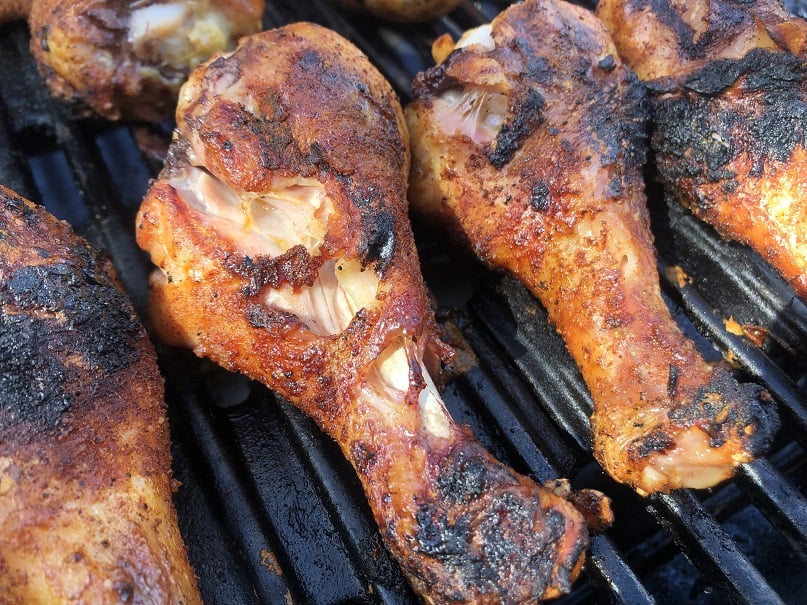
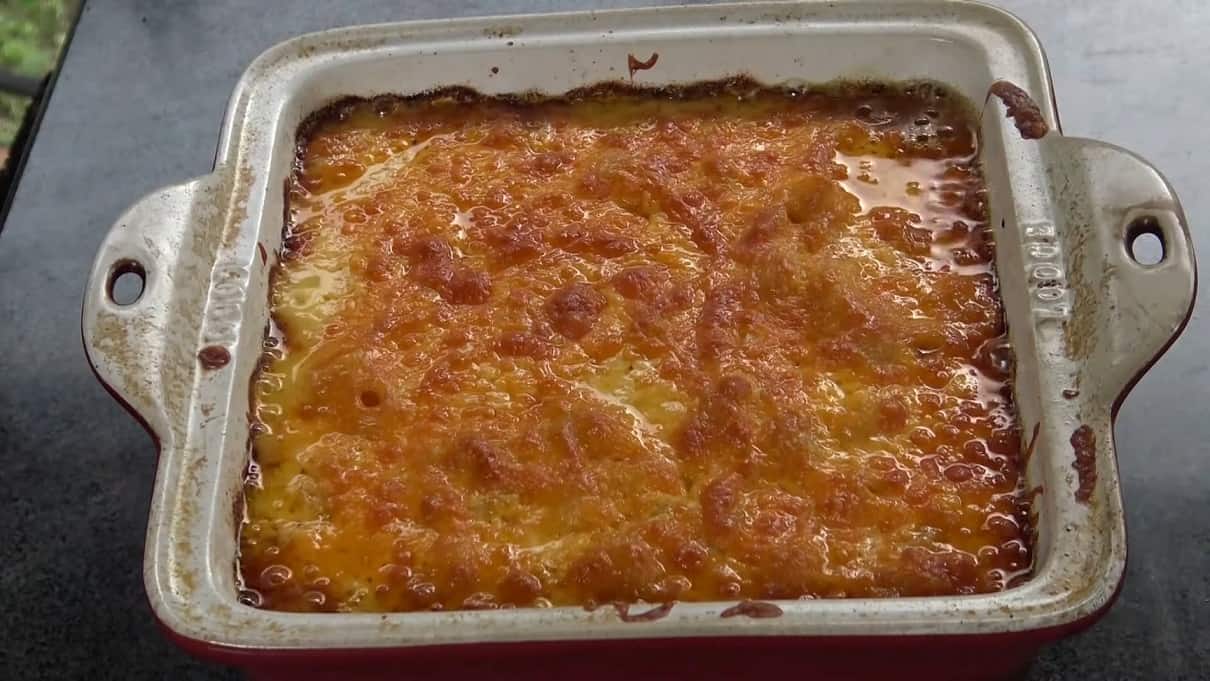
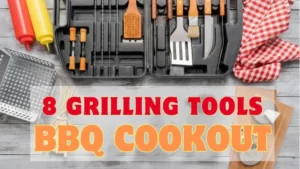

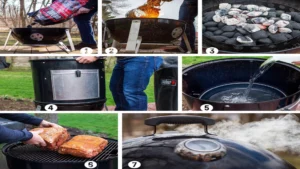
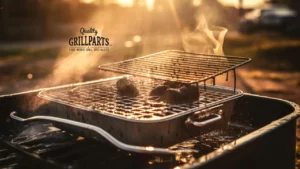

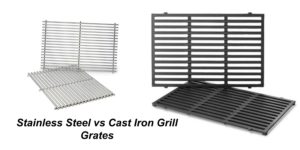
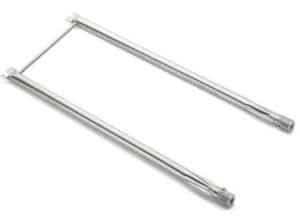
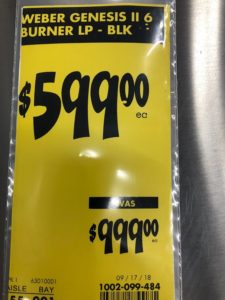

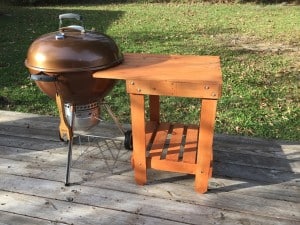
2 comments